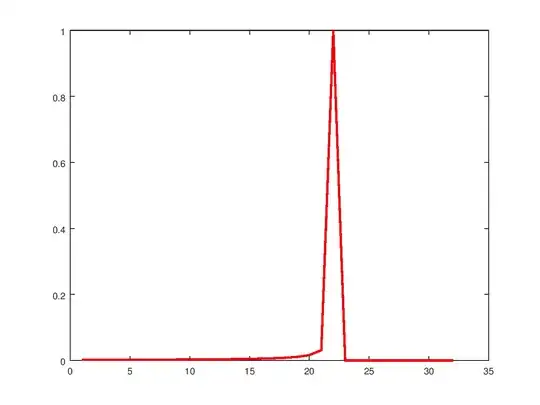Ok this may seem a bit overkill for this particular question, but please bear with me as it could help others.
You can use the Newton-Rhapson method, trying to solve the equation
$$f(x) = x^{10}-d=0$$
where
$$f'(x) = 10x^9$$
and $d$ is that matrix of yours and the iteration:
$${\bf X_{n+1}} ={\bf X_n}- f({\bf X_n})f'({\bf X_n})^{-1}$$
As long as you set initial $\bf X_0$ to nothing too crazy, it will work. In fact, this is the simplest example of an discrete fractional integration solution, if you look at larger matrices $d$ filled with 1 on and below the diagonal and 0 otherwise (ok, transpose of the same matrix but same idea).
The fractional integral operators in fractional calculus found if guessing at the $\bf X_0 = \bf I$ matrix (described as linear convolutional filters, corresponding to a row in the solution matrix):

The two we recognize is the one in the middle (constant, corresponding to normal integral) and the one at the end (linear, corresponding to double integration).
